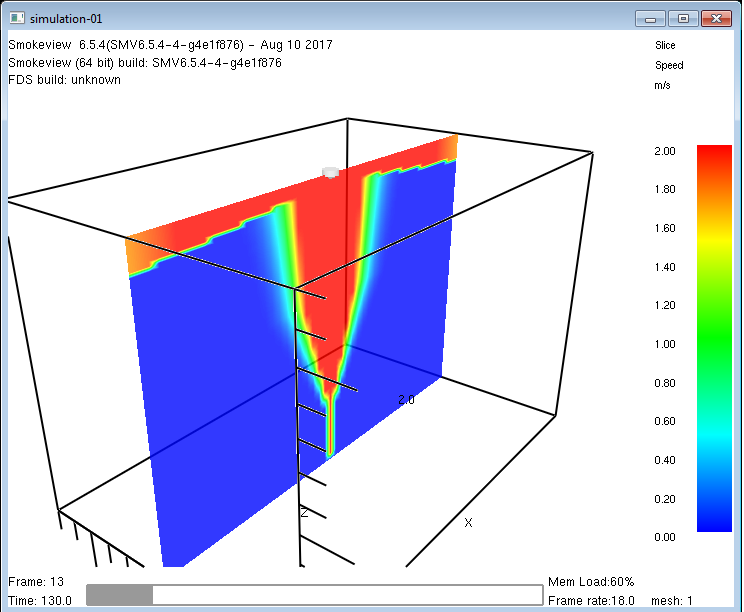FIRE ALARM SYSTEMS 3A-PERFORMANCE BASED DESIGN
This method proposes an approach to design a system such as can detect a growing fire before it reaches certain heat release level, is not applicable to smoldering fires. It is based on modify the listed spacing of heat detectors to response to a geometrically growing fire at a specific fire size, either for determining the location of detectors (Design) or for evaluating the adequacy of an existing system (Analysis).

Input data for the design process includes:
- Ceiling height above fuel
- Threshold fire size
- Time to detector response
- Response Time Index (RTI) of heat detectors
- Listed Spacing for Smoke detectors
- Ambient Temperature
- Detector operating temperature
- Rate of temperature change set-point
- Fuel fire growth time
- Fuel fire intensity coefficient
Additionally for smoke detectors the following data is required:
-Smoke Characteristics: fuel composition, mode of combustion and dilution effects, to determine particle size, spatial distribution, composition, concentration, refractive index.
-Smoke Transport: transport time, ambient airflow from HVAC units and other sources.
-Smoke Dilution: airflow and velocity profile.
-Smoke Stratification: fire plume effects on temperature gradient.
-Detector Characteristics: aerodynamics and sensing methods.
And for flame detectors:
-Fire size and geometry
-Detector sensitivity
The complexity of calculation has enforced the use of computer modeling tools of Fluid Dynamics Simulation (FDS) to make this approach worthwhile (see references). Although many conventional rooms can be designed calculating by hand, when actual construction details as beams, joist and uneven surfaces and ceilings are included, calculating by hand is unpractical for getting an acceptable degree of accuracy.
Performance-based design method can be summarized as follows:
1- Establish the goals of the fire detection system
2- Select threshold fire size, Smoke characteristics or fire geometry as apply (heat, smoke or flame detectors)
3- Select fire grow time or detection time
4- Determine environmental conditions
5- Select the detector to be used, sensitivity
6- Determine design spacing, placement or response time as apply
7- Evaluate the design choice
8- Redesign and calculate, if necessary.

Conducting an design or analysis following the described method, based on Annex B, section B.2 Performance-Based Approach to Designing and Analyzing Fire Detection Systems, must take in account that NFPA 72, Annex B states that:
“This annex is not a part of the requirements of this NFPA document but is included for informational purposes only.
Users of Annex B should refer back to the text of NFPA 72 to familiarize themselves with the limitations of the design methods summarized herein.
Section B.2, and particularly B.2.2 and B.2.3, are largely based on the work of Custer and Meacham as found in “Performance-Based Fire Safety Engineering: An Introduction of Basic Concepts” (Meacham and Custer 1995) and Introduction to Performance-Based Fire Safety (Custer and Meacham 1997)”
References
-NFPA 72, National Fire Alarm and Signaling Code
-NIST Engineering Laboratory, http://fire.nist.gov